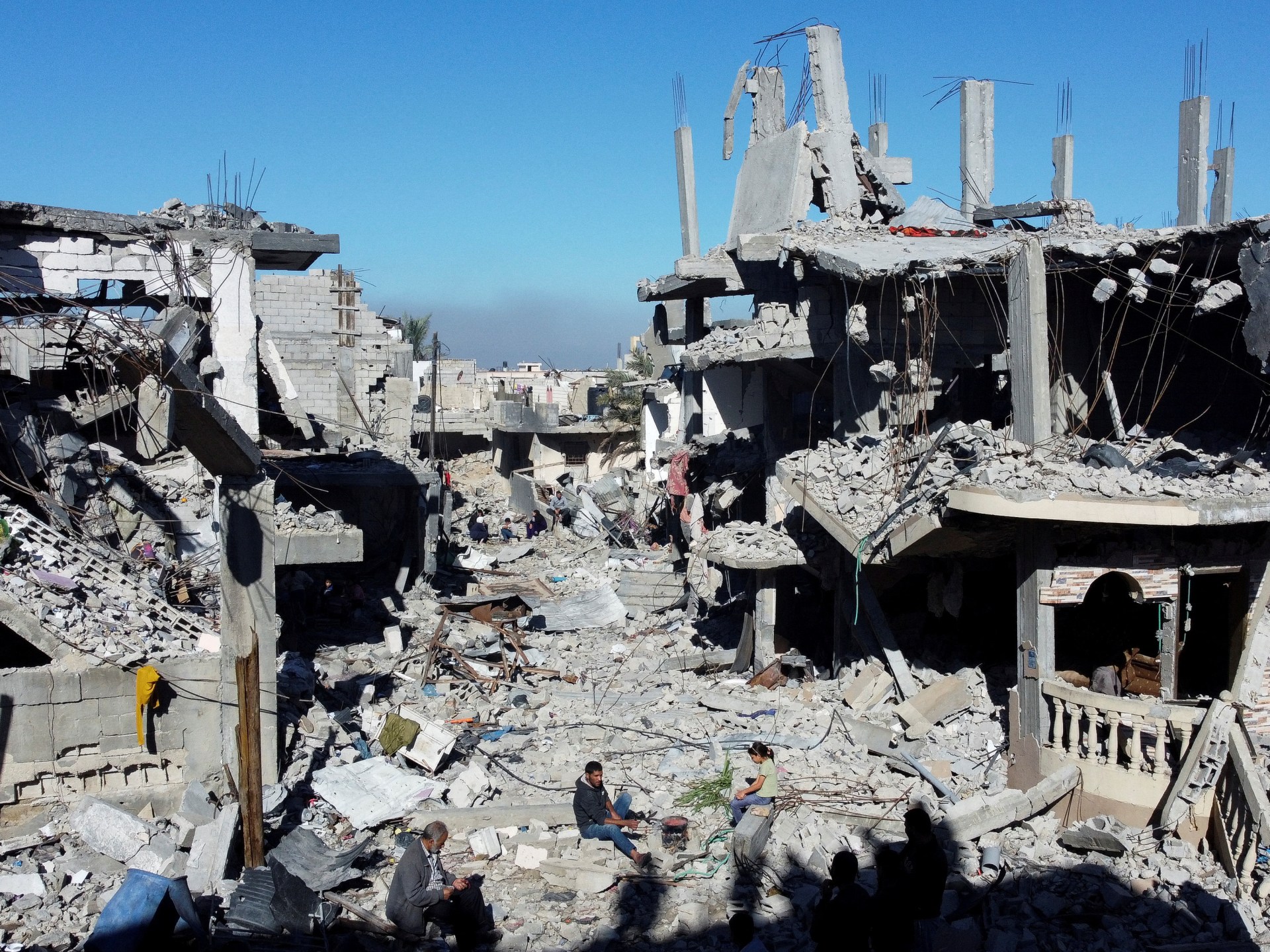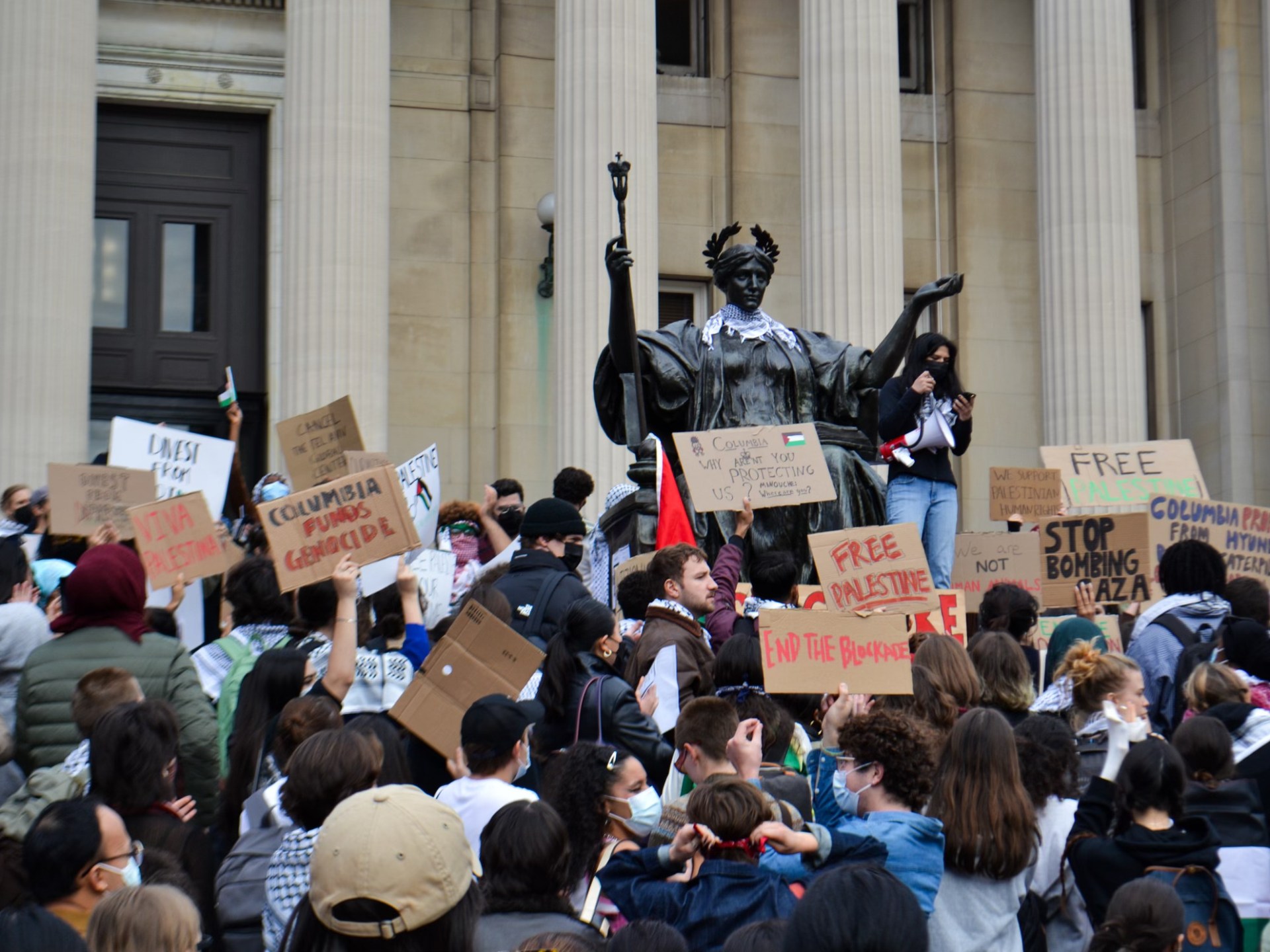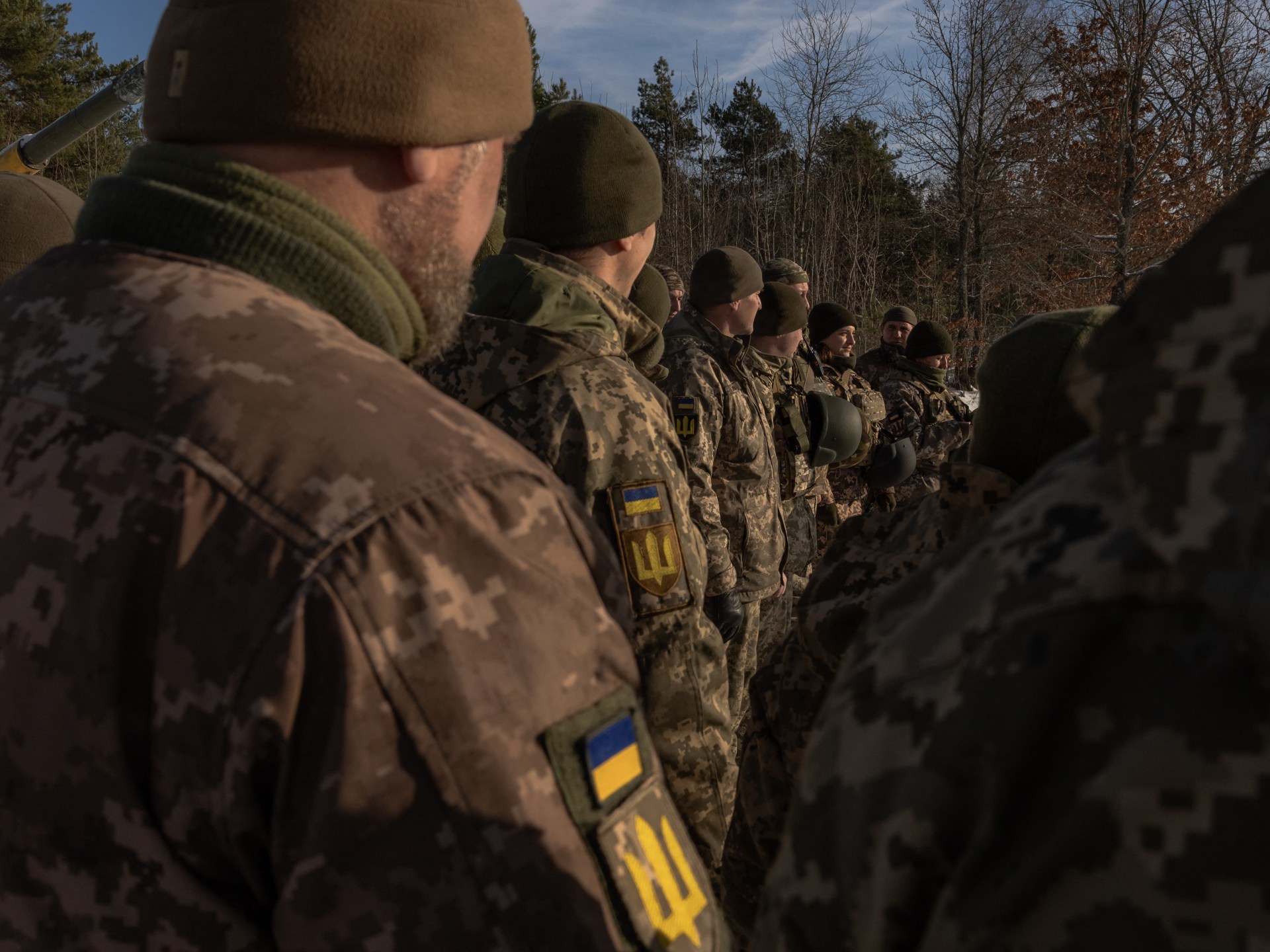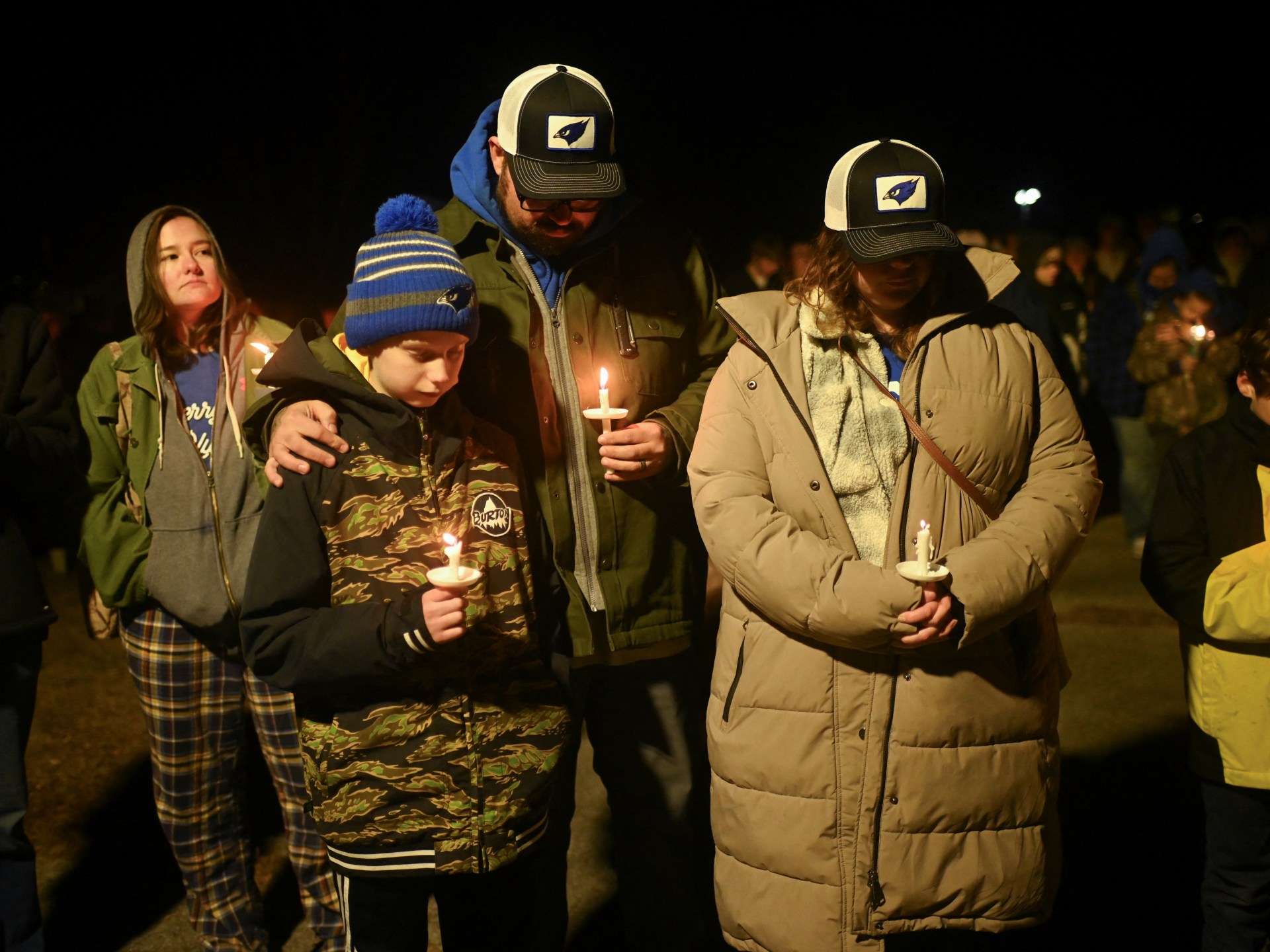
There are still hours left agreed break During the fighting in the Gaza Strip, Israel, Hamas and the mediators negotiating between them were once again in turmoil on Wednesday.
The original ceasefire was supposed to last until Monday, but Hamas decided to accept Israel’s offer to extend the ceasefire by one day for each group of 10 prisoners released. As the original deadline approached, an extension was announced, but only by two days.
Two is still better than nothing, and the two extra days gave Qatari and Egyptian mediators additional time to figure out how to convince both sides to extend the ceasefire even further or convert it to a permanent ceasefire.
It was’nt easy. While Negotiations through intermediaries After being difficult, lengthy and often arduous, the talks eventually produced some results and an agreement in principle, leading to the initial four-day ceasefire and indirectly to the two-day extension. During the initial negotiations, Israel unilaterally stated that the pause could be extended by releasing more prisoners, so there was not much additional negotiation needed. But as time passed, talks through Qatari and Egyptian mediators seemed to drag on, and the lists of prisoners to be released became agreed and accepted later and later each day. At one point, Hamas even threatened to stop the process and collapse the ceasefire.
Now, on Wednesday evening, the situation seems more complicated than ever. Hamas announced that it was seeking a further four-day extension and even indicated that it was willing to negotiate the release of all prisoners it was holding in return for a more permanent cessation of hostilities. At the same time, Israel said it welcomed the possible release of more prisoners, but sent mixed signals about continuing the pause.
In such an atmosphere of uncertainty, mixed with fear and hope, international mediators are trying harder than ever. In the last two days, Qatar hosted high-ranking representatives of the US, Israeli and Egyptian intelligence services.
No announcement was made about the presence of their Hamas counterparts, but it is very difficult to imagine that the Palestinian side would not be represented at such an intelligence summit.
This is what you would expect with the experience of two rounds of negotiations, it would be easier to reach agreements on the continuation and expansion of the deals. Still, there are many signs that the situation is becoming more complicated and talks may be stalling.
How is it possible that the overwhelming optimism that marked the weekend’s mass celebrations for the return of former prisoners to their communities is now on the verge of failure, with the real prospect of fighting resuming on Thursday?
There are several reasons for the apparent reluctance of both Israel and Hamas to extend the ceasefire by exchanging more prisoners.
Firstly, for tactical and strategic military reasons, mainly on the Israeli side. Several Israeli military officials have indicated in recent days that they would prefer the current two-day extension of the pause to be the last. Generals told the political leadership that the military believed fighting should resume Thursday morning.
From the beginning of the armed intervention, the Israeli army was afraid of going to war without clearly defined strategic objectives. I warned that soldiers detest “open” tasks. Prime Minister Benjamin Netanyahu repeated several times that his goal was to win the war by destroying Hamas, but he apparently never translated this into clear and measurable orders and tasks. The generals prefer to be told, “Go and do this, and when you get there your job is done.” Their eagerness to resume the fight is by no means a sign that they are bloodthirsty; on the contrary, it tells those who will listen that they are realists.
After the October 7 attacks, the Israeli military mobilized 360,000 reservists and deployed them alongside the standing army of 150,000 soldiers. As the fighting continued, every reservist and unit, whether in the Gaza Strip or on the northern front, was turned in HezbollahHe knew exactly what his task and purpose were. They were focused, had a military mindset, and were not overtly influenced by the civilian atmosphere.
But as they paused for four days and then two more days, many went home for a short rest and were exposed to the doubts, uncertainties, fears and hopes of their families and relatives. For a few days they lived almost like civilians, but since the original break was set to expire on Monday, they would have had to return to their units by Sunday afternoon – the time the extension was announced. The military bureaucracy then had to decide whether to give them an extra day or two at home, or rotate the soldiers, ultimately only granting the new group two days off, and so on.
A further extension would further complicate the logistics of leave and rotation, but a longer semi-civilian life could also affect the resolve to fight.
After October 7, Israel’s national adrenaline surged and everyone was ready to fight. Now that the politics of the country is a mess; The leadership is in barely concealed disarray and the Prime Minister is clearly disturbed, shaken and disingenuous. The soldiers might start to waver.
Aware of the potential problems with morale and resolve, generals clearly prefer to get the fighting over with rather than subject themselves to more of the stop-go-stop-go orders that prove detrimental to all wars prove the fighting ability of an army.






Recent Comments